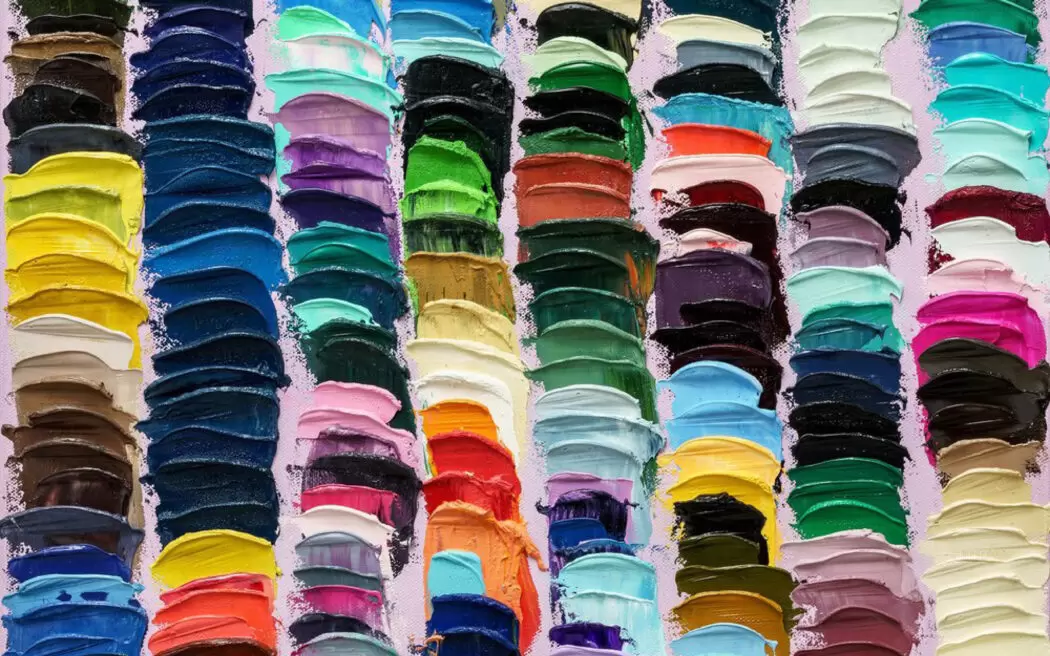How to Sell Your Art Online in 5 Easy Steps
Want to start making money from your work but don't know where to begin? In this guide, we help you get inspired to kick-start your lucrative online art selling business.


So, you’ve been making art, and are now hoping to monetise on your talents. Even if making money is not the first thing on your mind as an artist, the potential to benefit from your creations is now stronger than ever, thanks to the ease of selling on the internet. Whether it’s a side-hustle or a full-time calling, it’s essential to nail some basics down before you start your online selling journey.
Have Your Own Website
Step one is to have somewhere where you can showcase your art easily and effectively, and nothing beats having your own website, registered under a reliable and memorable domain. The best way to do this is to set up a portfolio website that doubles as an online store (easy enough to do now, with platforms like Shopify). If you’re already showcasing your work on Instagram, a link to your portfolio in your bio would help drive extra traffic for clients to see your work. Don’t forget to include contact forms and links to social media accounts so that potential clients and businesses can contact you easily. You should obviously also put up photos of your artwork on your website, and it’s up to you whether or not to list your prices as well as your standard fee rates for commissions. A biography is also a good idea, to help your potential clients understand your background, and what inspires you. Make sure the interface is simple and easy to navigate — you don’t want too much clutter to detract from your work!
Build a Community on Social Media
Treat social media as a magnet to your online store. Growing authentic followers isn’t easy and it takes some time, but if you use the right hashtags, collaborate with other artists and art accounts, and post your work as well as ‘behind the scenes’ stories consistently, you’ll see your follower numbers slowly begin to grow. Make sure you actively engage with your community — whether this is in the comment section, or replying to people’s stories, or commenting on other posts — being engaged will help increase your followers and build a loyal fan base. And don’t forget about the power of video: whether it’s a blurb about what inspires you, or a video of your studio, it’s important to incorporate video into your social media strategy.
Define Your Brand
Defining what you’re about as well as your target audience is a vital part of marketing. Sure, as an artist, you might not want to pigeon hole yourself or get too bogged down with the business-y side of things. But, when you tailor your marketing, design, and messaging for a specific audience and their needs, you’ll absolutely drive in more sales. Ask yourself: what is unique about your technique? How would you describe your art? Who are your ideal customers? What are you trying to communicate with your work? This not only helps inform your overall branding and aesthetic across your website and social media, but it will also help you write your artist statement — something every artist needs to have on their website. People love a good personal story, so do your best to make your branding unique and authentic.
Diversify
Not everyone will be able to afford your original art, which is why diversifying into, for example, high-quality prints, or even textiles, is a good idea. It’s entirely possible to create quality prints yourself with the right paper, ink, and printer. But you can branch out further and also offer your customers framed options. If you start to scale, you can always outsource your printing to an online print company, which can reproduce your work en-masse.
Don’t Neglect the Offline
Even once you’ve built a significant presence online, offline networking should still be an integral part of your marketing. Having offline events helps you to connect with fans and find new audiences. You can, for example, still approach galleries to have your art represented. Or, you could look into local art markets and events, and represent your work there. You can also run a pop-up shop by partnering with other artists, or have one at an existing store. Remember: some people really want to see your art in person before purchasing, but others don’t mind. You need to be able to cater to all clientele in your online art selling journey!







